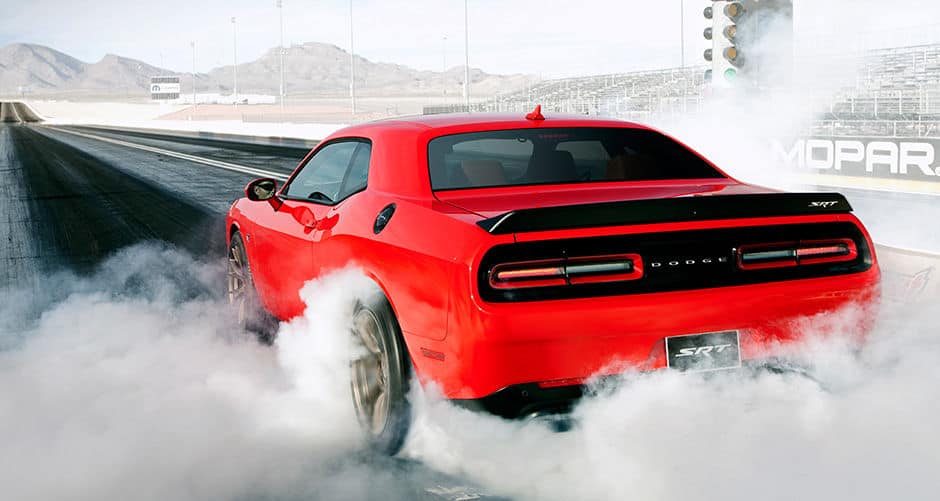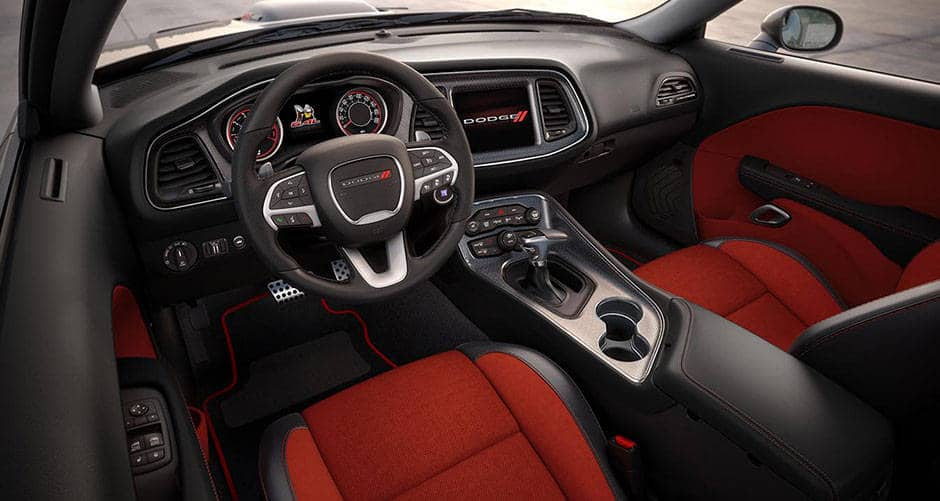
Where it started
The Dodge Challenger was first introduced in 1970 after being based upon the Plymouth Barracuda. However, the Dodge Challenger had a wheelbase that got stretched by two inches to create more interior space and was available in either hard or soft top. The Challenger was equipped with two engine types which included the four-barrel Magnum and the Hemi. The four-barrel Magnum could produce up to 375 bhp and the tri-carb six-pack with 390 bhp. The incredibly powerful HEMI was available with with various transmission options such as a TorqueFlite automatic transmission, and a four-speed manual that was equipped with a pistol-grip Hurst shifter and a Dana 60 axle. The following year would lead to updates such as the convertible top option being terminated, added color-keyed bumpers, dummy brake cooling slots that were located on the rear flanks, and new tape stripes. There was a small group of Dodge dealers that decided it would be a great idea to provide 50 specially prepared official and pace cars for the Indianapolis 500 race.
Developing the Charger
 The Dodge Challenger received an upgrade in 1972 that included
new front end styling and a new egg-crate grille with down-turned ends.
At this time the convertible option had been completely removed from the
Challenger along with the HEMI engine option. Soon after the Rallye
Edition would be introduced and would take the place of the R/T edition.
The increase in capacity would allow for its power production to meet
the newly strict emission control regulations. As one of the first
vehicles in its class to include four-cylinder engines, the Dodge
Challenger pioneered the use of balance shafts in order to dampen the
inherent vibration.
The Dodge Challenger received an upgrade in 1972 that included
new front end styling and a new egg-crate grille with down-turned ends.
At this time the convertible option had been completely removed from the
Challenger along with the HEMI engine option. Soon after the Rallye
Edition would be introduced and would take the place of the R/T edition.
The increase in capacity would allow for its power production to meet
the newly strict emission control regulations. As one of the first
vehicles in its class to include four-cylinder engines, the Dodge
Challenger pioneered the use of balance shafts in order to dampen the
inherent vibration.
The Challenger Evolves
 There were many design cues taken from the original 1970 Dodge
Challenger, however there were many changes, as well. These changes
included a new two-door coupe version and a noticeably longer and taller
build than the previous Challenger. There was also an update that
included a fixed "B" pillar which was hidden behind the side glass in
order to provide the illusion of a hard top. There was a major expansion
of the production of the Dodge Challenger in 2009 with the addition of
four trim levels. These levels included the SE, R/T, SRT8, and the SXT.
The SRT8 was only available in Canada and would remain virtually
unchanged with the exception of the optional six-speed manual
transmission and standard slip differential.
There were many design cues taken from the original 1970 Dodge
Challenger, however there were many changes, as well. These changes
included a new two-door coupe version and a noticeably longer and taller
build than the previous Challenger. There was also an update that
included a fixed "B" pillar which was hidden behind the side glass in
order to provide the illusion of a hard top. There was a major expansion
of the production of the Dodge Challenger in 2009 with the addition of
four trim levels. These levels included the SE, R/T, SRT8, and the SXT.
The SRT8 was only available in Canada and would remain virtually
unchanged with the exception of the optional six-speed manual
transmission and standard slip differential.
The Latest for the Dodge Challenger
2015 brought many changes to the Dodge Challenger which included the end of the "SRT8" and the addition of the two SRT versions. The newly added SRT versions were named the SRT 392 and the SRT Hellcat and there was also a replacement of the five-speed transmission with the new eight-speed automatic transmission with a power output of 6.4-liter V8 which would increase the horsepower to 485 and the torque to 475. The SRT Hellcat would prove to be a powerful trim level with its 6.22-liter HEMI engine, which could produce up to 707 horsepower and 650 lb.-ft of torque. From the very beginning the Challenger has always updated itself to better suit the times and its driver, all while still remaining an overall great vehicle.
Make an Inquiry
* Indicates a required field